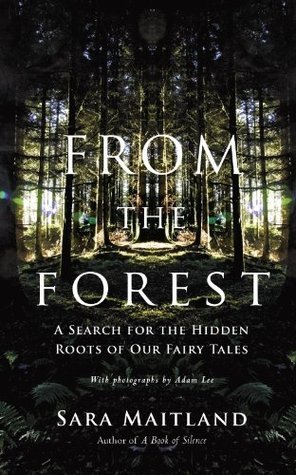What do you think?
Rate this book


368 pages, Kindle Edition
First published November 1, 2012
Based on no real evidence beyond anecdote, I believe that the beech is the species that people are most likely to be able to identify on sight, and the one which is most often named as their 'favourite' tree.
4. I say 'almost because I was also influenced by having spent a very happy weekend here many years before in a little cottage deep in the woods, with my friends Sabine Butzlaff and Alan Green.
5. In the very earliest version of Robin Hood, he was not in fact a nobleman at all, but a 'yeoman'. His steady elevation through the ranks of British culture for 600 years rather emphasises my point.
I had come to tackle my sense of terror through another phenomenon of the forests -- much smaller, more commonplace, and absolutely real -- which can also give me the same strange shiver of fear as the dream of wolves and as the fairy stories themselves, a sense of being in the presence of something eerie: fungi.